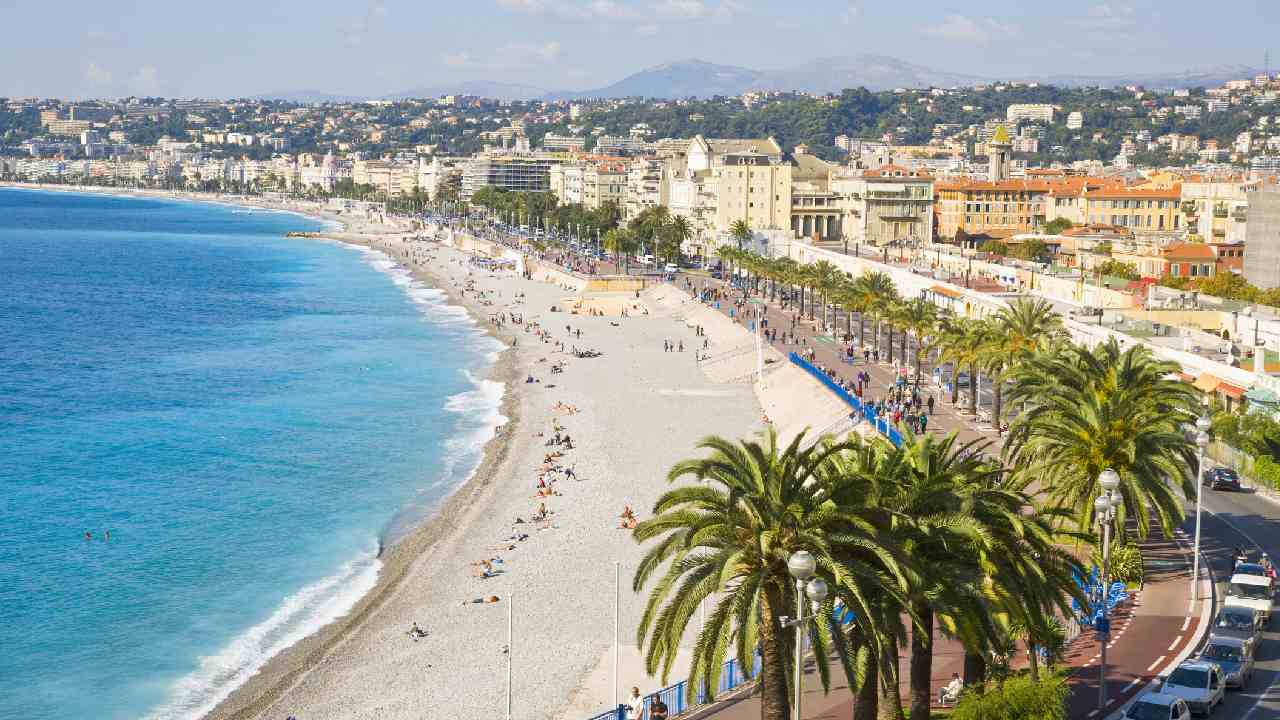Why we just can't resist coastal glamour

Tourists are naturally drawn to Europe’s coastlines in the summer – but one particular type of seaside region has fascinated travellers more than most since the 19th century: the riviera. Although the word is usually used to refer to the French Côte d’Azur, the term has acquired a widely acknowledged meaning in our collective imagination. The concept of “riviera” (literally meaning “coastline” in Italian) defines a lakeside or seaside region composed of multiple resorts and small towns, all sharing a developed tourist industry. They are often, crucially, reserved for socioeconomic elites who can afford the regions’ high costs of living.
The word riviera also denotes certain attributes. It speaks to comfort, the quietness of life and exceptional climate. Beyond its precise definition, we can easily visually imagine what a riviera looks like. It has palm trees along the sea, a clear blue sky, magnificent hotels and casinos. And, these days, it also probably has extortionate food and drinks and yachts hogging marinas that might once have been populated by fishing boats.
This vision is epitomised by the French Riviera, with its glamorous Cannes Film Festival and the exclusive principality of Monaco, where one in three residents is a millionaire. All along the Mediterranean coast, right up until France meets Italy, holiday villas host elite visitors, seeking shelter from the paparazzi.
Even the official summer residence of the French president is located just off the French Riviera, on a private peninsula. The current president Emmanuel Macron, for all his desire to shake things up, intends to keep this tradition alive. His plan to build a private swimming pool there caused controversy at the beginning of the summer.
More than just a coastline
We could easily decide to call any stretch of land along water a riviera. After all, most lakeside or seaside places feature the same environmental attributes – holiday accommodation, tourism and leisure services, transport infrastructure, usually a good climate. But a riviera is really defined by socioeconomic exclusivity. This is the ultimate factor that really turns a stretch of coastline into something more enticing.
As the riviera is seen as the coastline par excellence, it captures our imagination more than any other beach resort. While sipping an overpriced spritz, one pretends, for an instant, to be part of the films, stories and social circles happening here. Not every coastal town can convey this feeling; it has to have been recognised and placed on everyone’s mental map. For instance, the entire French Mediterranean coast could not fall into this definition. Instead, only the collection of towns and cities between Cannes and Monaco truly embody the definition of France’s most exclusive coastline.
This socioeconomic definition has enabled more areas to brand themselves as rivieras. Take the Swiss one, for example, which really only consists of a few towns around Vevey and Montreux. By travelling only a few miles too far to the west or to the east, some of the conditions of a riviera completely vanish. Switzerland has even renamed that local district “Riviera – Pays d’Enhaut”.
Can’t fake the feeling
A quick look at Wikipedia’s list of rivieras shows just how many countries, in one way or another, have acquired their own riviera.
Some use the term to recognise the already existing touristic power of a certain region. Others adopt it as a strategy to attract more tourists. In England, the region of Torbay in Devon began being advertised as “the English Riviera” in the 1980s, following a peak of popularity in the 1970s. With its collection of small coastal villages, palm trees and relatively clement weather, Torbay can indeed resemble Nice or Cannes at times. But despite a concerted effort to push the label through campaigns, the region has actually seen fewer visitors since the initiative. Meanwhile, Cornwall, much of which very much matches the definition of a riviera, has retained its popularity without using the term.
But rivieras are now facing more dynamic competition as a result of changes to the tourism industry. “Instagrammable” has also become more than a term in the tourism world: it’s an obligation. Travellers are looking for certain visual standards – something that rivieras have offered since the 19th century. The idealised scenes depicted in the famous advertising for riviera travel are practically an analogue version of an Instagram account: a couple lazing in the sun and sipping a cocktail on their hotel’s private jetty, with yachts and palm trees in the background. We’ve all seen this scene in our social media newsfeeds.
The ubiquity of Instagram inevitably means that other coastal regions are catching on, becoming consciously more visually attractive rather than looking as though they’ve been destroyed by mass tourism. As a result, rivieras could lose their visual originality.
At the same time, sites like AirBnB have made it cheaper and easier to access these once “exclusive areas”. While this might not have an impact on the prices of food, drinks, and social events, the overall socioeconomic balance of rivieras could indeed change – for better or for worse.
Written by Jordan Girardin, Associate lecturer, University of St Andrews. Republished with permission of The Conversation.
